Discover the joy of homemade gipfeli, a Swiss pastry renowned for its flaky layers and rich buttery taste. This recipe presents the best homemade pastries with straightforward steps and quality ingredients. Our gipfeli recipe honors Swiss tradition while adding a modern touch. The dough is prepared carefully, rolled out, and shaped into crescent forms that yield a delightful texture when baked. Savor the aroma and flavor of these delicious pastries made in your kitchen. Experience the blend of time-tested methods and simple instructions that make baking a rewarding pleasure. Enjoy every bite as tradition meets creative simplicity.
Table of Contents
Key Benefits
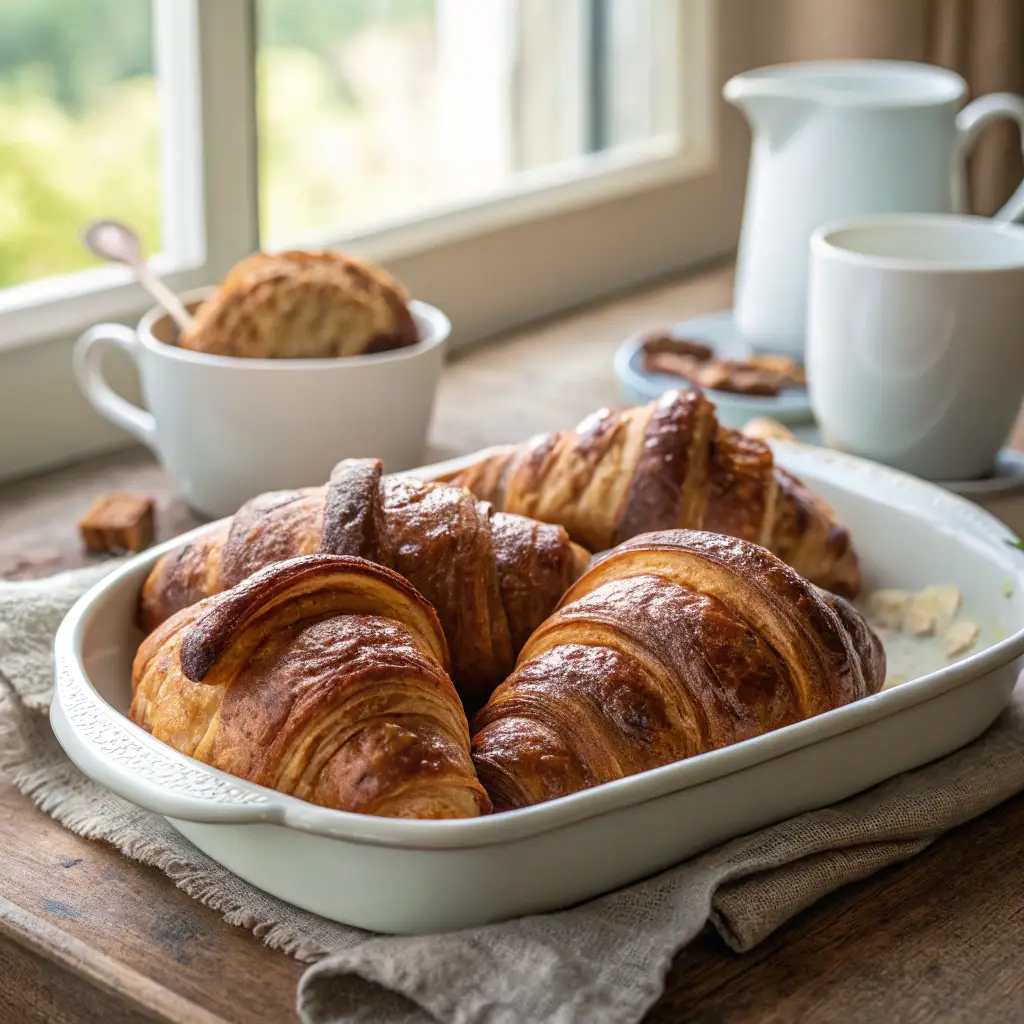
Homemade gipfeli offers many advantages compared to store-bought versions. When you make your Swiss pastry, you control every step of the process. This control leads to better quality, superior taste, and the satisfaction of creating something special in your kitchen. Below are some key benefits:
Freshness and Quality:
Preparing gipfeli at home uses fresh, high-quality ingredients. This results in a pastry with crisp, flaky layers and a rich, buttery taste that stands out against mass-produced alternatives.
Customization:
Making your gipfeli gives you full control over flavor and texture. You can adjust the sweetness, add fillings, or experiment with different types of butter and flour. This flexibility allows you to create a pastry that fits your taste and dietary needs.
Skill Development:
Making gipfeli helps you build valuable baking skills. You learn techniques such as properly folding the dough, keeping the butter cold for optimal flakiness, and shaping the pastry into perfect crescents.
Cost Savings:
Homemade pastries can be more economical. With simple ingredients and a reliable recipe, you can produce a batch of gipfeli for a fraction of the price of store-bought options without compromising quality.
Healthier Ingredients:
When you make gipfeli at home, you choose what goes into your dough. You can opt for organic or whole-grain flours and reduce added sugars, creating a healthier version of this beloved pastry.
Enhanced Aroma and Taste:
Freshly baked gipfeli fill your kitchen with a warm, inviting aroma. This sensory experience adds to the pleasure of enjoying a well-crafted, buttery pastry that tastes as good as it looks.
Visual Appeal:
Handcrafted pastries have a unique charm. The golden-brown exterior, combined with the delicate layers visible in every bite, makes homemade gipfeli a treat for the eyes and the palate.
These benefits make making gipfeli at home both rewarding and enjoyable. The result is a superior pastry that brings the authentic taste of Swiss baking into your kitchen.
Ingredients
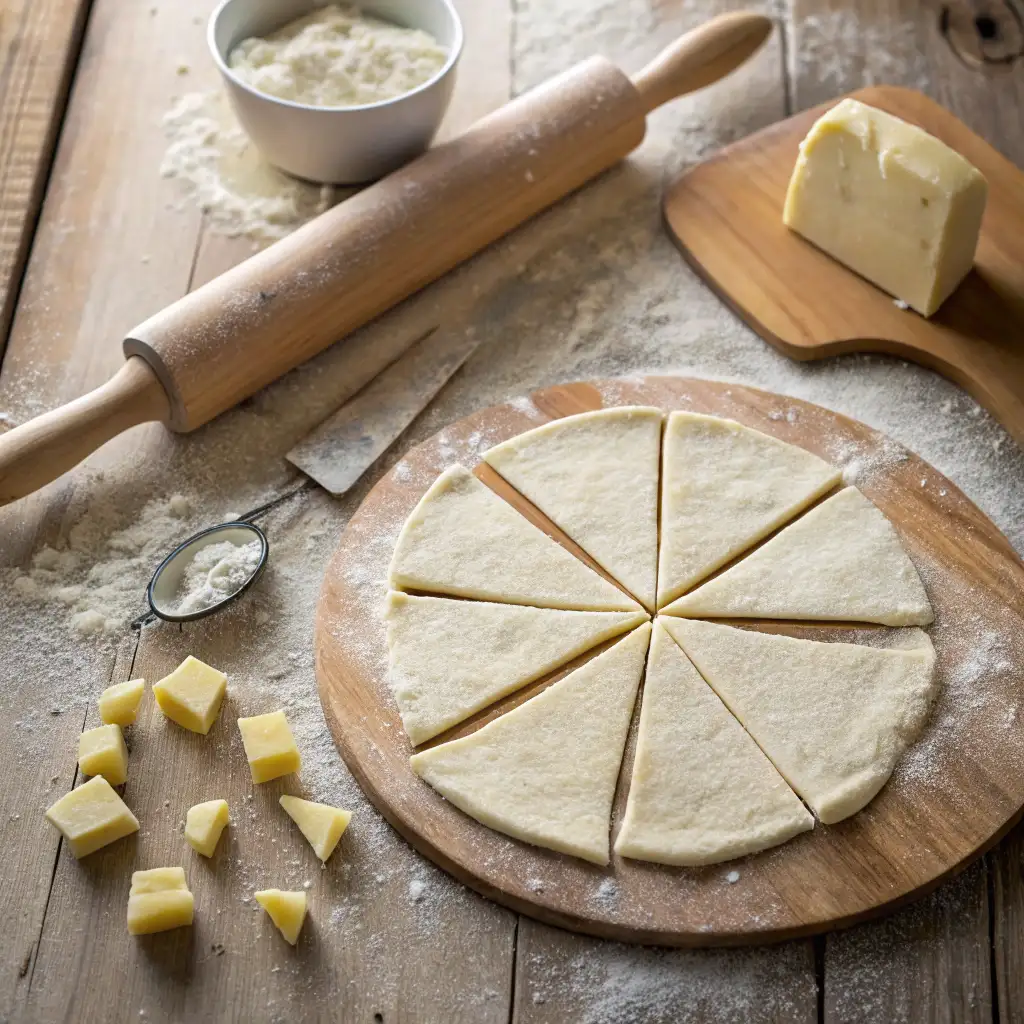
The foundation of a perfect gipfeli lies in selecting high-quality ingredients. Each component is vital in creating a flaky, buttery pastry that stands out as an authentic Swiss treat. Use the measurements below to prepare your gipfeli dough with precision:
Flour (500g):
Use all-purpose or bread flour. The flour forms the base of the dough, providing structure for the delicate, flaky layers. A high-protein flour helps develop the gluten needed for a tender crumb.
Active Dry Yeast (10g):
Yeast is essential for a light and airy gipfeli. It promotes a gentle rise, critical for the dough’s texture.
Sugar (50g):
A small amount of sugar adds a subtle sweetness that enhances the flavor without overpowering the natural buttery taste.
Salt (10g):
Salt balances the sweetness and brings out the depth of flavor in the dough. It is key in defining the overall taste of your gipfeli.
Cold Whole Milk (250ml):
Milk adds moisture and richness to the dough. Ensure the milk is cold to maintain the dough’s temperature, vital for achieving flaky layers.
Ice-Cold Water (100ml):
Using ice-cold water helps keep the dough at the right temperature during mixing. This step is crucial for a well-laminated, flaky pastry.
Cold Unsalted Butter (250g):
The butter is central to creating those signature flaky layers. Keep the butter cold to ensure it remains distinct within the dough, resulting in a light and crispy texture.
Egg (Optional for Egg Wash):
One large, lightly beaten egg can be used to brush on the surface of the gipfeli. This step gives the pastries a beautiful, golden finish when baked.
Each ingredient is carefully measured to support the creation of a genuine Swiss gipfeli recipe. The flour, cold dairy, and butter balance ensures the dough develops into a flaky buttery pastry that captures the essence of a traditional Swiss croissant.
Instructions
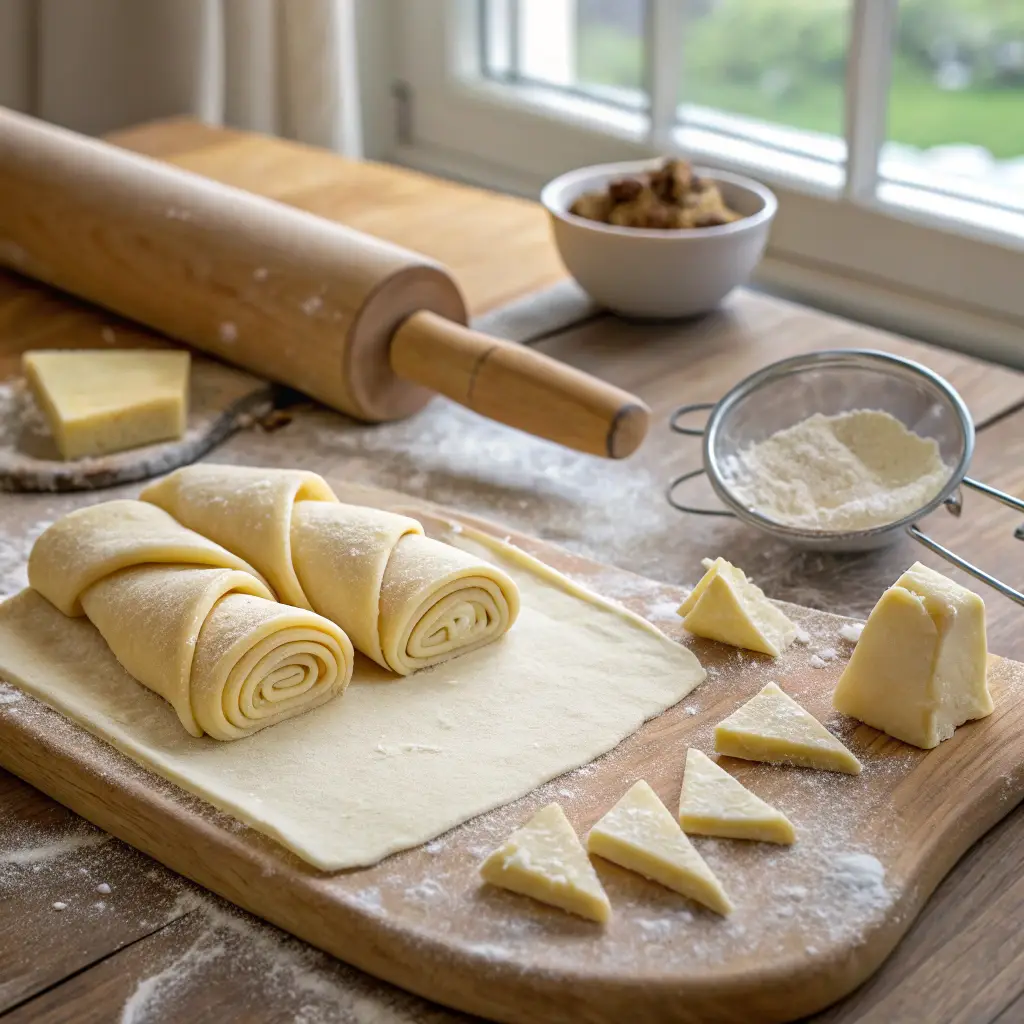
Making gipfeli from scratch might seem daunting initially, but with a little patience, you’ll soon be rewarded with buttery, flaky Swiss pastries. Follow these step-by-step instructions for the perfect gipfeli.
1. Prepare the Dough
Mix flour, sugar, salt, and yeast in a large bowl. Gradually add the warm milk and water, stirring until the dough collides. Once the dough forms a rough ball, knead it on a floured surface for about 10 minutes until it’s smooth and elastic. For this step, you can also use a stand mixer with a dough hook. Cover the dough with a damp cloth and let it rest in a warm place for about 30 minutes to rise slightly.
2. Add the Butter
While the dough is resting, prepare the butter. Cut the cold butter into thin slices or squares and place them between two sheets of parchment paper. Using a rolling pin, gently pound the butter until it’s flattened into a square about 1/4-inch thick. Place it in the fridge to keep it cold.
3. Laminate the Dough
After the dough has rested, roll it out into a rectangle on a floured surface. Place the cold butter square in the center of the dough. Fold the dough over the butter like an envelope, sealing the edges. Roll the dough out again into a long rectangle, then fold it into thirds, like a letter. This process, called “lamination, ” helps create those signature flaky layers. Wrap the dough in plastic wrap and refrigerate for 30 minutes to allow it to rest.
4. Repeat the Folds
Remove the dough from the fridge and roll it into a rectangle. Fold it into thirds and chill for another 30 minutes. Repeat this process two more times to build up the layers. The more folds you do, the flakier the gipfeli will be.
5. Shape the Gipfeli
Once the dough is properly laminated, roll it out into a rectangle again. Cut the dough into triangles. Roll each triangle into a crescent shape from the wide end, creating the iconic gipfeli form. Place the shaped gipfeli on a baking sheet lined with parchment paper.
6. Proof and Bake
Brush each gipfeli with an egg wash by beating an egg with a tablespoon of water. Let the pastries rise at room temperature for 1-2 hours until they have doubled in size. Preheat the oven to 375°F (190°C). Bake the gipfeli for 15-20 minutes or until golden brown and crispy. Let them cool slightly before serving. Enjoy!
Pro Tips and Variations
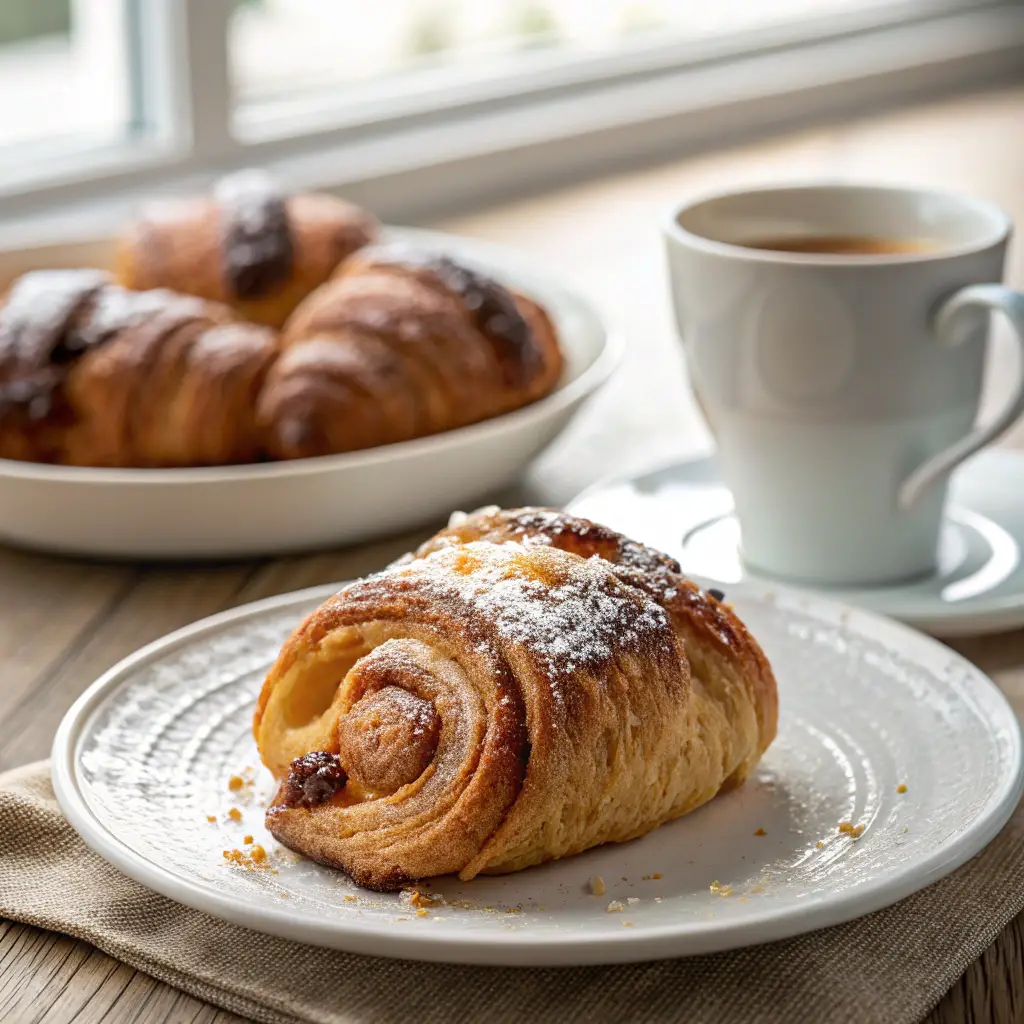
Consider these helpful tips and variations to ensure your gipfeli turns out flaky and buttery. These tricks will take your pastries to the next level and ensure every bite is as delicious as the last.
1. Use Cold Butter and Keep Everything Chilled
Working with cold ingredients is one of the most important aspects of making gipfeli. The key to those delicate, flaky layers is the cold butter, which should be kept chilled until incorporated into the dough. If the butter starts to warm up, it can begin to melt into the dough, resulting in a denser, less flaky pastry. Be sure to chill your dough and butter during the resting phases to prevent this from happening.
2. Don’t Skip the Resting Periods
Patience is key when it comes to making gipfeli. Allow the dough to rest between each folding and rolling stage. This resting period helps relax the gluten in the dough, making it easier to roll out and giving the dough time to develop flavor. Skipping this step can result in a tougher pastry, so don’t rush the process.
3. Add a Touch of Sweetness
Add a tablespoon of sugar to the dough if you want a sweeter twist on the classic gipfeli. This will create a slightly sweet pastry that pairs wonderfully with coffee or tea. You can also sprinkle sugar on top of the pastry before baking for a beautiful, sugary crunch on the outside.
4. Try Different Fillings
Gipfeli can easily be customized with a variety of fillings. While traditional gipfeli are plain or
have a light filling like almond paste or chocolate, feel free to experiment. Jam, Nutella, or even a savory filling like cheese and ham make delicious options. Simply place a small amount of filling at the wide end of the triangle before rolling.
5. Make Mini Gipfeli for a Fun Twist
If you’re serving these pastries for brunch or a gathering, try making mini gipfeli. Simply cut the dough into smaller triangles and roll them as usual. These bite-sized treats are perfect for sharing and will be a hit at any gathering.
6. Freeze for Later
Gipfeli is great for making in advance. Once shaped, you can freeze the unbaked pastries on a baking sheet. Once frozen solid, transfer them to an airtight container or freezer bag. When you’re ready to bake, simply let them rise for an hour at room temperature and bake as usual. This makes them a convenient option for fresh, homemade pastries whenever you want them!
Serving Suggestions
Gipfeli are versatile pastries that fit perfectly into any meal. Their flaky, buttery texture makes them ideal for breakfast, brunch, or a delightful snack. Below are some serving ideas to help you enjoy your gipfeli in various ways.
Enjoying Gipfeli at Breakfast or Brunch
Classic Breakfast Pairing:
Serve warm gipfeli with a cup of freshly brewed coffee or tea. Their light, crisp layers complement the richness of your morning beverage and provide a balanced start to your day.
Fruit and Yogurt Bowl:
Cut your gipfeli into smaller pieces and serve them alongside a bowl of Greek yogurt topped with fresh berries and a drizzle of honey. The combination of textures and flavors creates a refreshing and nutritious breakfast.
Eggs and Light Salads:
Pair gipfeli with scrambled eggs, an egg-white omelet, and a light green salad. The pastry’s buttery taste contrasts the savory eggs and crisp vegetables, making it an ideal brunch option.
Elevating Your Snack or Dessert Experience
Sweet Spread Delight:
Enjoy your gipfeli as a dessert by serving them with a spread of your favorite fruit jam or a dollop of whipped cream. A light dusting of powdered sugar adds an extra sweetness without overwhelming the pastry’s natural flavors.
Cheese and Charcuterie Board:
For a more sophisticated snack, arrange gipfeli on a platter with a selection of mild cheeses, cured meats, and fresh fruit. The pastry is a perfect base that pairs well with the savory elements on the board.
Ice Cream Sandwiches:
Transform your gipfeli into a fun dessert by sandwiching a scoop of vanilla or fruit-flavored ice cream between two pastries. Serve immediately for a delightful contrast between warm pastry and ice cream.
Pairings with Beverages
Coffee and Espresso:
The rich, buttery taste of gipfeli pairs beautifully with a robust cup of coffee or a shot of espresso. The coffee’s bitterness balances the sweetness and enhances the pastry’s flavor.
Fresh Juices and Smoothies:
For a lighter option, serve your gipfeli with freshly squeezed orange juice or a vibrant fruit smoothie. The juice’s acidity and brightness cut through the pastry’s richness, offering a refreshing combination.
Herbal Teas:
A warm cup of herbal tea, such as chamomile or mint, provides a soothing complement to the crisp layers of gipfeli. The gentle flavors of the tea allow the pastry’s complexity to stand out.
Creative Presentation Ideas
Platter Presentation:
Arrange your gipfeli on a decorative serving platter with a side of fruit compote or a small bowl of almond butter for dipping. This presentation is perfect for sharing during a family brunch or friends’ gatherings.
Layered Dessert Parfait:
Crumble slightly cooled gipfeli and layer them in a glass with mascarpone cream, fresh berries, and a drizzle of honey. This creative dessert parfait looks impressive and delivers a mix of textures and flavors.
Garnished with Fresh Herbs:
For a savory twist, garnish your gipfeli with a sprinkle of finely chopped fresh herbs like chives or parsley. This adds a pop of color and a hint of freshness, enhancing the visual appeal and the taste.
Tips for Serving
Serve Warm for Maximum Flakiness:
Gipfeli are best enjoyed when they are still warm. Heating them just before serving helps to enhance their flaky texture and buttery flavor. If serving at room temperature, consider a quick warm-up in the oven.
Keep Portions Manageable:
Since gipfeli are rich in flavor, serving them in smaller portions allows your guests to savor each bite without feeling overwhelmed. They work well as part of a larger spread.
Offer Dipping Options:
Provide a small selection of dips or spreads on the side. Options like lemon curd, almond butter, or a tangy yogurt dip allow your guests to experiment with flavors and find their favorite pairing.
Consider Dietary Preferences:
Adapt your serving suggestions based on your audience. For a healthier twist, offer low-fat or non-dairy options alongside traditional accompaniments.
Gipfeli can be enjoyed in many ways, and the presentation can be as creative as you wish. Whether you choose a classic breakfast pairing, a sophisticated snack platter, or an inventive dessert creation, these serving suggestions aim to enhance your overall dining experience. Experiment with combinations until you find the perfect match for your taste and occasion.
Conclusion
Making gipfeli at home unites traditional Swiss techniques with modern convenience, creating a flaky, buttery pastry that delights the senses. This recipe provides step-by-step guidance to build tender layers and rich flavor in every bite. You develop a light and satisfying pastry by carefully handling cold ingredients and precise lamination. Enjoy the process and experiment with variations to suit your taste. Share your creation with friends and family, and celebrate the art of home baking. Experience the pleasure of crafting authentic gipfeli and savor every delicious moment. Your journey always yields delightful, unforgettable taste.
FAQs
Q: What is a cross between a doughnut and a croissant called?
A: A well-known term for a hybrid pastry that combines doughnut and croissant elements is “cronut.” The cronut features a croissant’s laminated, flaky layers with the fried, doughnut-like texture. However, recipes and names can vary, and some may use different terms for similar creations.
Q: What is the difference between a croissant and a gipfeli?
A: Both croissants and gipfeli are made with laminated dough that creates flaky layers but stem from different baking traditions. Croissants are rooted in French pastry-making and often have a richer, more pronounced buttery taste. Gipfeli, the Swiss variation, typically have a lighter, sometimes slightly sweeter flavor and a tender crumb. The dough formulation and proofing process can also vary, resulting in subtle differences in texture and shape.
Q: How do you make your croissant crispy?
A: To achieve a crispy croissant, the dough must be kept cold during preparation to maintain the integrity of the butter layers. Work quickly during the lamination process, allow sufficient resting time between folds, and use a high oven temperature when baking. Applying an egg wash before baking can also help form a golden, crisp crust.
Q: What are the ingredients in Costco croissant?
A: While recipes vary by product and manufacturer, Costco croissants generally include enriched wheat flour, water, butter (or a butter blend), sugar, salt, yeast, and milk. Check the packaging or refer to Costco’s official nutritional information for the most accurate and detailed ingredient list.
Q: What flour is best for croissants?
A: High-protein bread flour is the best choice for croissants because it develops strong gluten, which is crucial for creating a robust dough that can support many layers. Some bakers also blend bread flour with all-purpose flour to balance strength and tenderness in the final pastry.


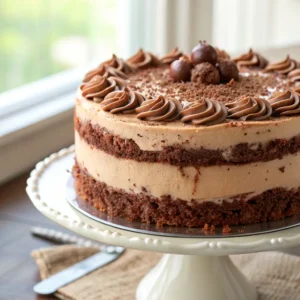

So so good ,nice this recipe